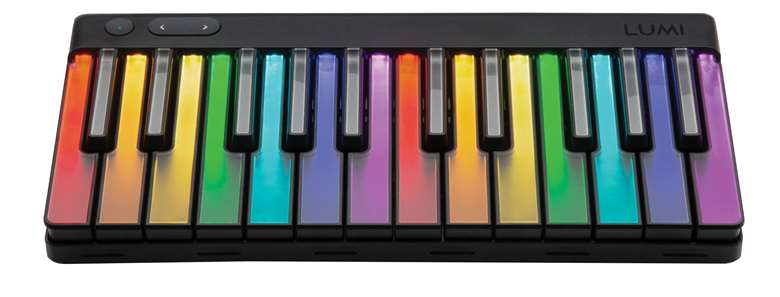Review: ROLI LUMI Keys Studio Edition
Mike Flynn
Friday, May 28, 2021
The expressive possibilities that the ROLI LUMI Keys Studio Edition opens up are genuinely inspiring and a whole lot of fun too...


Register now to continue reading

Thank you for visiting Jazzwise.co.uk. Sign up for a free account today to enjoy the following benefits:
- Free access to 3 subscriber-only articles per month
- Unlimited access to our news, live reviews and artist pages
- Free email newsletter